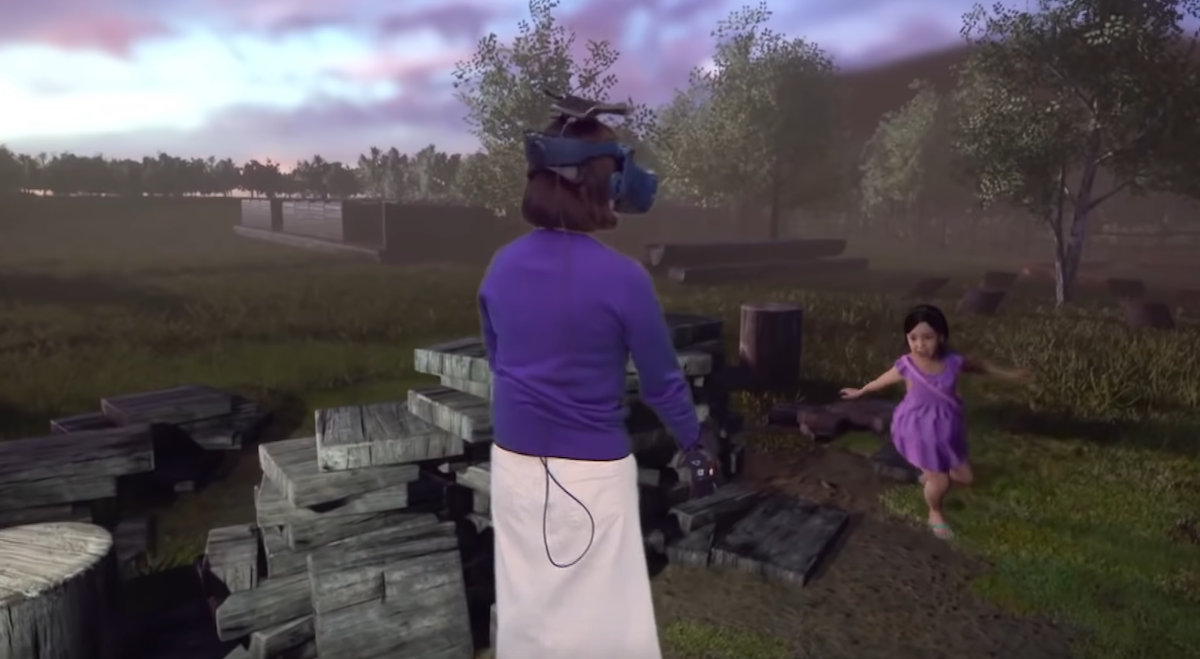
Category: VR/AR
Feb 8
Immortality Thanks To Virtual Reality?
A few years ago, a priend of mine in a theater play played the leading role of a widow whose husband had uploaded his brain to a computer chip before his death. With this he remained present in the lives of his wife and children long after his death. What the deceased had forgotten to take into account was that his family was getting older. His children grew up, became teenagers and adults. For his wife life went on, she looked for a new partner. Only the husband, forever frozen on the AI system – did not change. Conflicts were thus pre-programed and the situation came to a head until the family saw only one possibility: to switch off the machine and thus finally extinguish the deceased father and husband.
The desire for immortality has moved mankind since the beginning of time, and it is understandable. Religions serve this desire for the survival of a soul after death or rebirth or resurrection. Seances with necromancers or priests who are supposed to maintain contact always have a willing clientele.
With new technologies such as artificial intelligence or virtual reality, we are entering a new phase where we are (somewhat) closer to the desire for immortality or contact with the deceased. A touching example comes these days from Korea.
Nayeon, Jang Ji-sung’s seven-year-old daughter, died of an incurable disease in 2016. Three years later, a television station presented excerpts from a documentary in which Jang was virtually reunited with her daughter.
In eight months of work, designers had created Nayeon in virtual reality with the help of the movements of a child actor, and even recreated the girl’s favorite playground. Her mother was then invited to explore this world in front of a green screen with virtual reality glasses, and as you would expect, the experience is highly emotional.
You can see how Jang interacts with the girl and tries to touch her. The mother also celebrates a birthday party with the virtual daughter.
This reenactment was so real that not only Jang was moved to tears but the whole production team. For Jang this was a day in paradise, as she said herself, a dream she had long wished for.
Even though the production of this scenario took eight months, it can be expected that very soon we could have a platform where it is enough to upload a few photos and voice samples, and interact credibly in virtual reality with different people. Credible enough, at least, that it will lead to such emotional reactions as Jang went through. What this means for the grieving process can’t be estimated yet, but these discussions will be exciting.
And we can already imagine how we can move from the virtual world to a real one if we can transfer such behavior and appearance to a robot. Will we then live on indefinitely? Will death become something avoidable, something that is no longer the end but only the beginning?
We may have to consider not virtually freezing the dead in their final state, but allowing them to change. Otherwise we will feel like in the play, where we have to switch off the AI in the end to get on with our lives.
This article has also been published in German.

Recent Comments